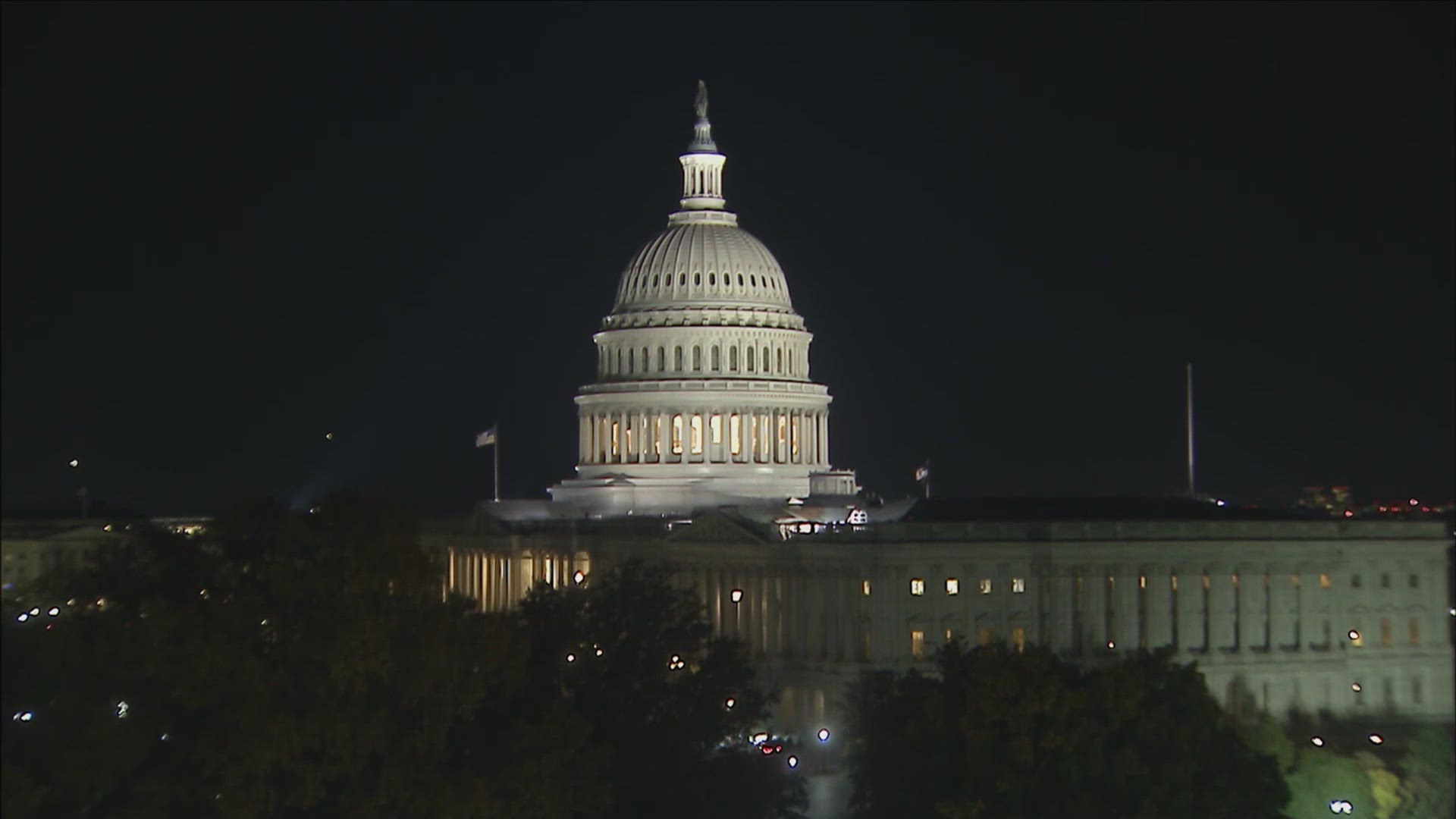An Alberta Clipper moved through the DC Metro area on Tuesday, bringing a quick-moving burst of light rain and snow showers. Behind the system, strong winds are bringing in a drier airmass, and it felt very much like winter this morning, with wind chills in the 20s and teens throughout the region. But just as quickly as the system arrived, it's already moving away! What's the deal with the clipper system?
Alberta Clippers get their name from their origin, in central Canada, over or near the province of Alberta. These fast-moving cold fronts dive down into the Great Lakes region before making their way across the Northeast and Mid-Atlantic states.
They usually move through our region in a day or less, and they typically have very little moisture with them. The clipper that moved through on Tuesday brought some light rain and snow showers to the DC Metro, but to our north in eastern Pennsylvania and New Jersey, some spots got as much as 4" out of this system. Clippers can happen at any time of year, but they are most common in the winter and early spring.
This type of cold front rarely brings significant snow to the DC area, and there are a couple reasons why. First of all, the center of low pressure, where most of the moisture is contained, is north of the DC Metro as the system passes. This is evident in yesterday's radar imagery (picture at top), showing the bulk of the moisture in Pennsylvania. Since the bulk of the moisture is to our north, our potential for real snowfall is much lower. Also, clipper systems tend to be moisture-starved in general, because they originate from a continental polar airmass. These airmasses are the driest (lowest dewpoints) of any type of airmass that affects the DC Metro area.
You'll often see a few lines or clusters of snow showers behind the initial frontal passage of a clipper system. Most of the time, what you're seeing is lake effect snow in the wake of the cold front! Since the Great Lakes aren't frozen over yet (check out the ice coverage on the graphic below), they are still a source of moisture when cold, dry winds blow over this gigantic fresh water source.
Of course, we don't have this same moisture source in the DC Metro area. In fact, we get a bit of a drying effect from the Appalachians to our west when any weather system is approaching from the west or northwest. So, there are a few things that collaborate to make Alberta Clippers a fairly uneventful weather system in our region. But obviously, this is not the case in other parts of the country!



